Cars are tested by manufacturers multiple times to assure customers that what they’re buying is safe. However, there are incidents when mechanical failure happens, which could result in accidents.
One of the lesser-known scenarios that can happen when you’re driving is losing control of the accelerator, caused by a variety of reasons: poor workmanship on the part of the product, poor maintenance by the vehicle owner, or poor maintenance work on the part of the mechanic or technician.
Having a stuck accelerator pedal is definitely a harrowing moment that no motorist would want to experience, whether you’re barreling down a city street or an open highway.
In the rare event that you do find yourself in such a predicament, it’s important to maintain the presence of mind. Don’t let panic take over; every second that the vehicle is moving means a chance to stop it safely.
Philkotse.com has compiled this guide on how to deal with a stuck accelerator pedal in the hope that you’ll never need to use it, but as the saying goes, forewarned is forearmed.
Step #1. Stay calm
Although panic is a natural reaction to a life-threatening situation, panicking clouds reasonable judgment, and logical thinking. Once you start to panic, you’re bound to make the situation worse. If you confirm that the accelerator is stuck, the first thing you need to do is to calm down.
Make sure that all passengers in the vehicle have fastened their seatbelts. Infants and children must be secured in the appropriate seats.
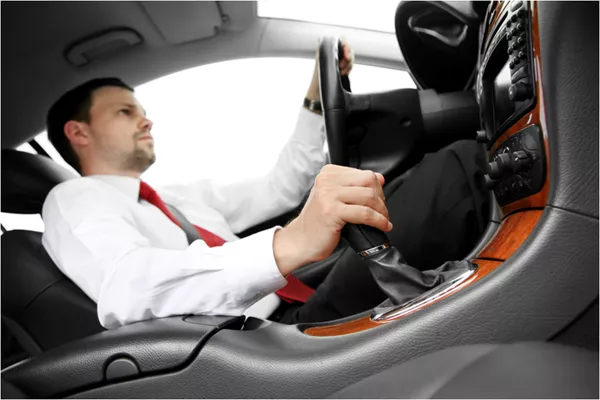
Stay calm whatever the situation is
>>> Read more: Do’s and Don’ts when car brakes fail.
Step #2. Be aware of your surroundings
Make sure that you are always aware of your surroundings: the traffic, the obstacles ahead, pedestrians and anything or anyone else that are potential targets for a running vehicle. Use your mirrors to get a better view of the surroundings, paying extra attention to your vehicle’s blind spots.
Use your horn and lights in alerting pedestrians and other drivers to get out of the way.
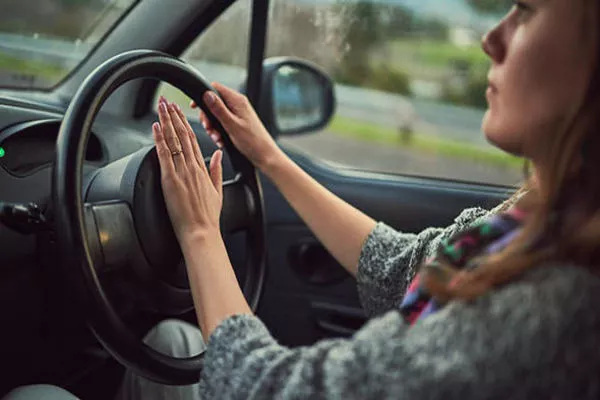
Use your horn and lights to alert other road users of impending danger
Step #3. Try to position your foot underneath the accelerator pedal
You can place your foot underneath the accelerator pedal and nudge it upward using your toes; Maintain eye contact on the road as you do this, and keep both hands on the wheel in case you need to maneuver around obstacles.
If you can manage to wiggle the pedal without affecting the engine’s RPM, as seen on the tachometer, then the problem isn’t with the gas pedal.
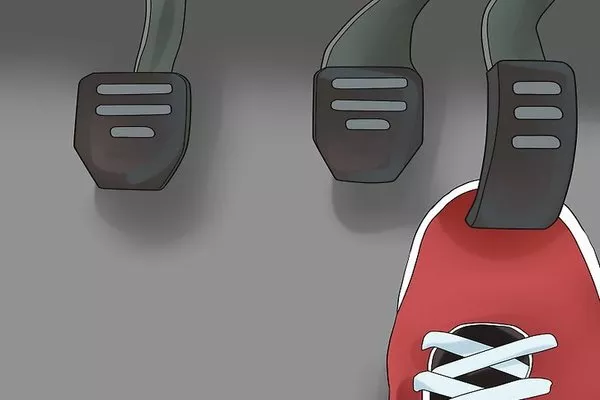
Try lifting the accelerator with your toes and pull it up as hard as you can
>>> Worth reading: How to use your car brakes properly.
Step #4. Try stepping on the brake pedal
Try stepping on the brake pedal, in an effort to slow the vehicle down even with the accelerator engaged. Use both feet in pushing the brake firmly. Avoid tapping or pumping the pedal since this will cause the brake to lose vacuum power assistance, making it very hard to engage.
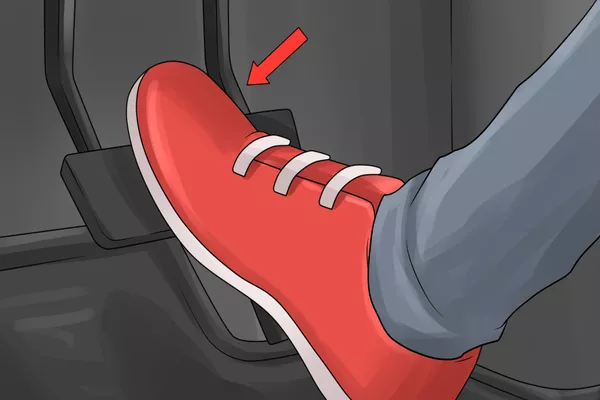
Try pressing on the brake using your right foot
Step #5. Press harder on the brakes
If you notice a reduction in the vehicle’s speed, press harder on the brakes until the vehicle is slow enough to maneuver to the road shoulder.
Avoid using the parking brake since this is only meant to be used while the vehicle is stopped; the worst that can happen is that the vehicle skids out of control if the rear wheels were to lock at speed.
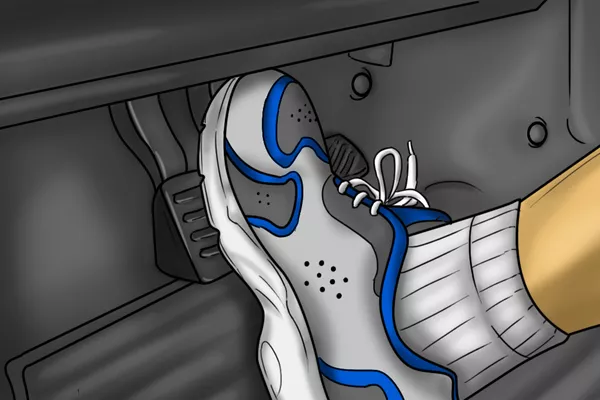
If you got the vehicle to slow down, then press on the brakes harder until it’s slow enough to maneuver off the road
>>> Also related: Auto emergency: Do and Don'ts of fixing a car's stuck gas pedal.
Step #6. Disengage the drive wheels from the engine
If the vehicle has a manual gearbox, step on the clutch pedal while shifting the lever to neutral. If it’s an automatic, take the lever out of D and shift it to N. Taking care not to slot it into P or R, which can damage the transmission and cause you to lose control of the vehicle altogether.
Step #7. If not, turn off the engine
If all else fails, turn the engine off. However, this is the riskiest solution of all, and should be used as a last resort since killing the engine also means cutting off the power to your power steering and brakes.
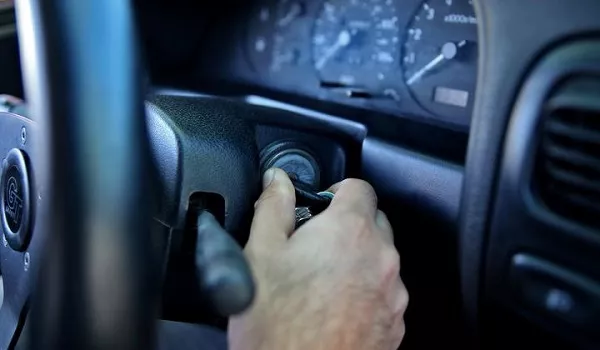
If all else fails, turn the engine off
While keeping a steady hand on the steering wheel, wait until you come across a clear path for you before turning the ignition off. Once you get your car to finally stop, apply the parking brake and disembark from the vehicle.
Contact roadside assistance immediately to get your car fixed on the spot by a licensed mechanic, or else have it towed to safety.
>>> Click here to read our article in car maintenance and get more handy tips
Recent posts
- Disc Brakes vs Drum Brakes: How are they different? Jan 28, 2021
- Pros & Cons of DIY car brake replacement Aug 16, 2022
- 3 major scenarios and advice for emergency brake Aug 16, 2022
- How to change your car's brake pads properly? Aug 17, 2022
- 6 signs showing that your car's brake system needs maintence Mar 17, 2021












